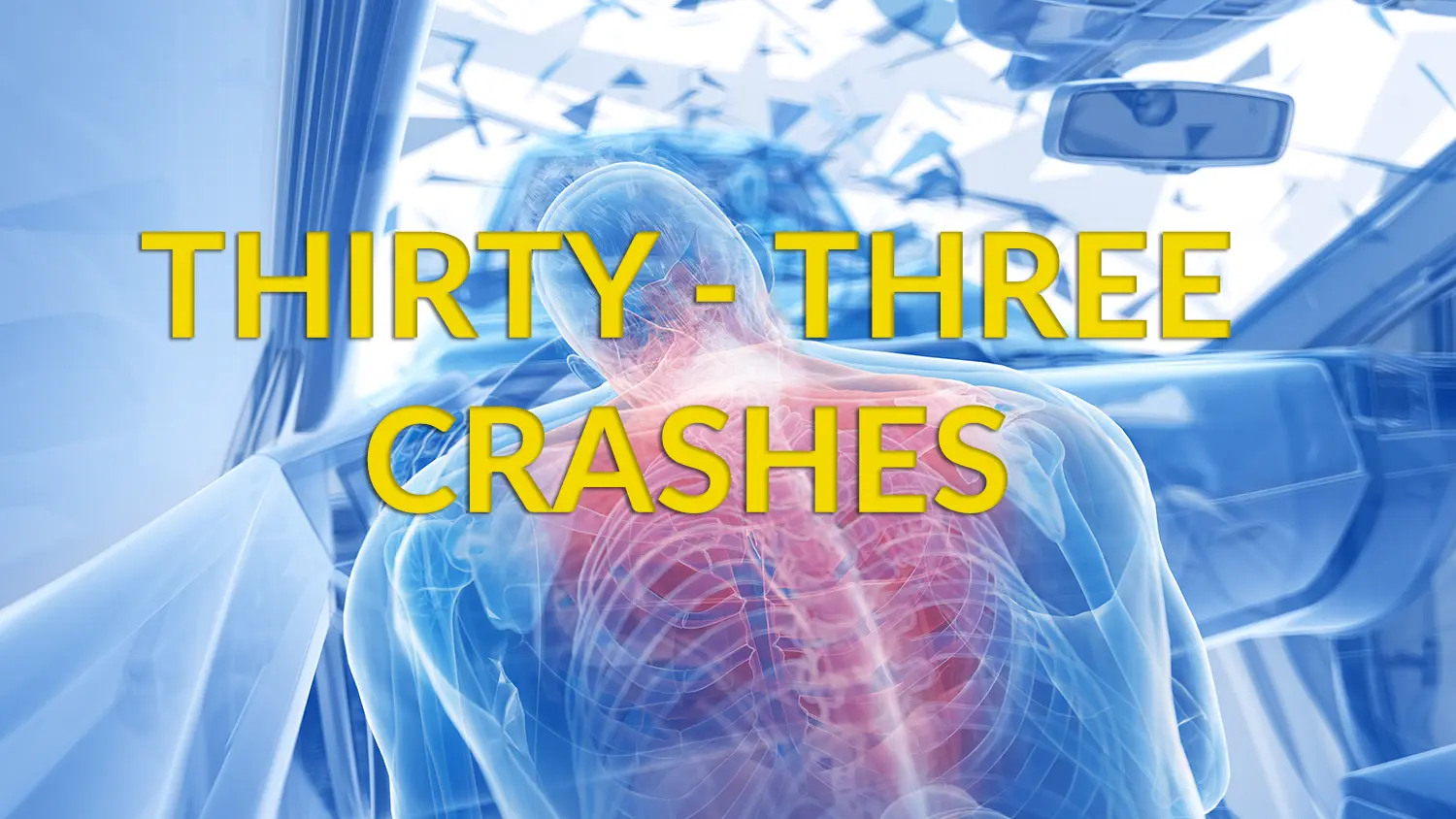Car A 100% at Fault
I routinely look for different ways that driving risk is assessed. In this section of ICBC’s website, I found a list of thirty-three accidents showing each fault decision. Interesting to review what ICBC sees as being the ones to pay attention to. So let’s pay attention.
- 19 OPENING VEHICLE DOOR IN TRAFFIC
- 18
- 17 PARKING LOT MAIN LANE VERSUS FEEDER LANE
- 16 CRASH EXITING PARKING LOT OR DRIVEWAY
- 15 LEFT TURN CRASH ONCOMING PASSING CAR
- 14 LEFT TURN VEHICLE PASSING ON YOUR LEFT
- 13 CRASH MAKING LEFT AT INTERSECTION, VEHICLE PASSING
- 12 COMMERCIAL VEHICLE MAKING WIDE RIGHT TURN
- 11 VEHICLE MAKING RIGHT TURN WIDE
- 10 REVERSE TURN (UTURN) CRASH
- 09 LEFT TURN CRASH WITH CURB LANE TRAFFIC
- 08 LEFT TURN CRASH WITH ONCOMING TRAFFIC
- 07 HIGHWAY MERGE CRASH
- 06 CRASH BOTH VEHICLES CHANGING LANES
- 05 CRASH WHILE CHANGING LANES
- 04 WHEN A VEHICLE CROSSES CENTER LINE
- 03 STATIONARY VEHICLE CRASH
- 02 REAR END CRASH TWO CARS
- 01 READ ENDER
Car A rams into the back end of Car B, which is pushed forward and smashes into the back of a third car, Car C. Car A is 100% at fault.
This tailgating or following too closely is a common practice when you watch the normal movement of traffic. Staying way back gives you a considerable number of advantages, see more, see further ahead, more time to react, and more time to warn the driver behind you or a hazard up ahead of you.
Two seconds or more is the minimum distance/time you should follow another vehicle. One second or less is common for the average flow driver. Any time I have worked with helping clients stop a car in a rush or simulated situation, 2 seconds is rarely enough. And if by chance you do get us out of trouble in 2 seconds, consider the car behind you following at 1 second! Hmmmmm, more complex than you think!
Test yourself tomorrow. Count the seconds you follow the car in front of you on your drive tomorrow: half a second, one second, one point five seconds, two seconds, three seconds, more?
Two laws are referenced,
Following too closely
162 (1) A driver of a vehicle must not cause or permit the vehicle to follow another vehicle more closely than is reasonable and prudent, having due regard for the speed of the vehicles and the amount and nature of traffic on and the condition of the highway.
(2) The driver of a commercial motor vehicle or a combination of vehicles, when driving on a roadway outside a business or residence district, must not follow within 60 m of another commercial motor vehicle or a combination of vehicles, but this must not be construed to prevent one commercial motor vehicle or a combination of vehicles overtaking and passing another.
(3) The driver of a motor vehicle in a caravan or motorcade, other than a funeral procession, outside a business or residence district, must leave sufficient space between his or her vehicle and another vehicle or combination of vehicles to enable a vehicle to enter and occupy that space without danger.
Careless driving prohibited
144 (1) A person must not drive a motor vehicle on a highway
(a) without due care and attention,
(b) without reasonable consideration for other persons using the highway, or
(c) at a speed that is excessive relative to the road, traffic, visibility or weather conditions.
(2) A person who contravenes subsection (1) (a) or (b) is liable on conviction to a fine of not less than $100 and, subject to this minimum fine, section 4 of the Offence Act applies.
Your driving lessons indeed discussed these issues, right?






Comments are closed